While good dogs never mean harm, they are often directed to remain on-lead in nature reserves to protect wildlife. Research from the University of Adelaide has found that whether dog owners follow this rule is mostly driven by social factors.
Tag: Nature
Researchers share benefits of real Christmas trees, tips for care
In this bustling holiday season, West Virginia University experts are explaining the science behind the warm, fuzzy feelings that real Christmas trees can create. Chad Pierskalla, WVU Davis College of Agriculture and Natural Resources professor, and Dave McGill, WVU Extension forest…
Mount Sinai Researchers Have Uncovered the Mechanism in the Brain That Constantly Refreshes Memory
Mount Sinai researchers have discovered for the first time a neural mechanism for memory integration that stretches across both time and personal experience.
UN Biodiversity Conference Suspended, Adopting Some Wins, But With Much More To Be Done
More than 190 Countries at CBD COP16 adopted a Global Action Plan for Biodiversity and Health; took steps to align climate and biodiversity agendas; and ensured ecological integrity is included in their plans to protect nature.
Colombia Advances in the Protection Of Its National Natural Parks Amid Ongoing Threats
The effective management of Colombia’s National Natural Parks, with the participation of communities, the private sector, and society at large, is essential to ensuring peace with nature. This was the main recommendation of the 2024 report presented by the civil society initiative Parques Nacionales Cómo Vamos (PNCV) today in Cali.
Inspired by Spider-Man, a Lab Recreates Web-Slinging Technology
Researchers at Tufts University took the imaginary scenes from Spider-Man seriously and created the first web-slinging technology in which a fluid material can shoot from a needle, immediately solidify as a string, and adhere to and lift objects.
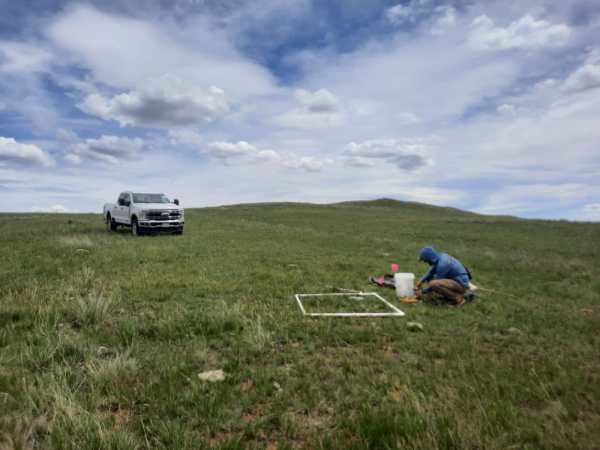
Biodiversity Policy in the United States
Biodiversity encompasses much more than the number of species—it includes the variety of ecosystems, the genetic diversity within and between species, and the interactions among species within ecosystems.
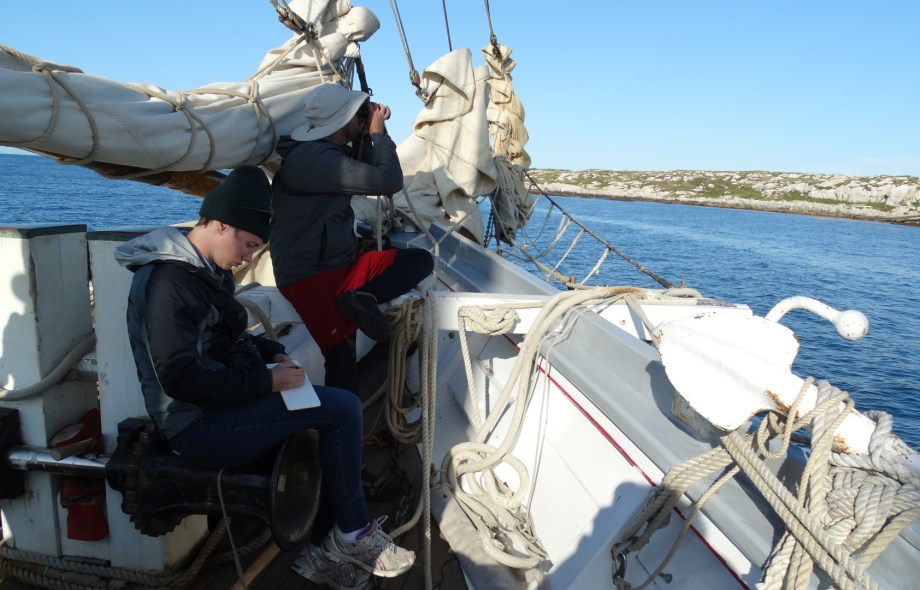
The Eyes of Birds
A few years ago, I had the opportunity to hear Terry Tempest Williams speak at a local event. I don’t remember many details of her talk, but I do remember her passion, her commitment, and her dedication to being a voice for the environment. Her book, Finding Beauty in a Broken World has been a guidepost for me as a science writer and writing instructor.
La WCS et le ministère congolais de l’Économie forestière lancent le projet pilote HIFOR (High Integrity Forest Investment Initiative)
Pour aider à financer la protection des dernières forêts à haute intégrité, le ministère congolais de l’Économie Forestière et la WCS ont lancé ce 30 août le projet pilote HIFOR dans le Parc National de Nouabalé-Ndoki.
New discovery fundamentally changes the way we understand Charles Darwin’s most beloved plant – the sundew
A new study has found a symbiotic relationship that has evolved between Darwin’s favourite carnivorous plant and a specific type of fungus which lives inside it and helps it digest its prey.
Researchers from Loughborough, Taiwan and USA have shown that Acrodontium crateriforme, a fungus that thrives in the acidic conditions on the leaves, improves the digestion of the Drosera species of carnivorous plant – otherwise known as a sundew (pictured above), and once described by Charles Darwin as, “a wonderful plant… I care more about Drosera than the origin of all the species.”
The fungus lives in a sticky secretion at the end of tentacles on the leaves. Its enzymes work with the plant’s digestive processes to help it break down the prey – small bugs and insects.
The findings show that teamwork between plants and fungi may contribute to the evolution of carnivorous plants.
Hybridization Extremely Rare Between Grizzly and Polar Bears, Study Finds
Genome analysis of over 800 polar and grizzly bears reveals no new hybrids and confirms the eight previously-known “grolar bears”
Researchers Identify Priority Areas That Deliver on Climate Change, Biodiversity and Health
To meet the imperative of the Kunming-Montreal Global Biodiversity Framework target, which seeks to protect at least 30 percent of the planet by 2030, researchers in an essay in PLOS Biology argue that “conservation areas need to be large enough to encompass functioning ecosystems and their associated biodiversity, and located in areas of high ecological integrity.”
Revolutionary Remote Sensing Research Unravels Plant Genetic Diversity and Evolution
A research team has recently published a comprehensive review on the innovative integration of spectral data and phylogeographic patterns to study plant genetic variation.
Unveiling the Genetic Interplay in Impatiens Downy Mildew: A Transcriptome-Based Approach to Enhancing Disease Resistance
A research team has meticulously analyzed the transcriptional response of Impatiens walleriana to Plasmopara obducens infection, revealing between 3,000 and 4,500 differentially expressed transcripts at various stages of the disease.
Unlocking the Secrets of Plant-EMF Interactions: A Comprehensive Review
In a review article, a research team meticulously analyzed the biological impacts of ornamental plants’ exposure to electromagnetic fields (EMFs), especially those at high frequencies.
Strawberry fields fortified: new genetic insights combat devastating soilborne disease
Recent research has unveiled the genetic foundations of resistance in strawberries to Macrophomina, a formidable soilborne disease. Employing cutting-edge breeding strategies and genomic analysis, scientists have pinpointed crucial genetic loci responsible for resistance, heralding a new era of more robust strawberry varieties.
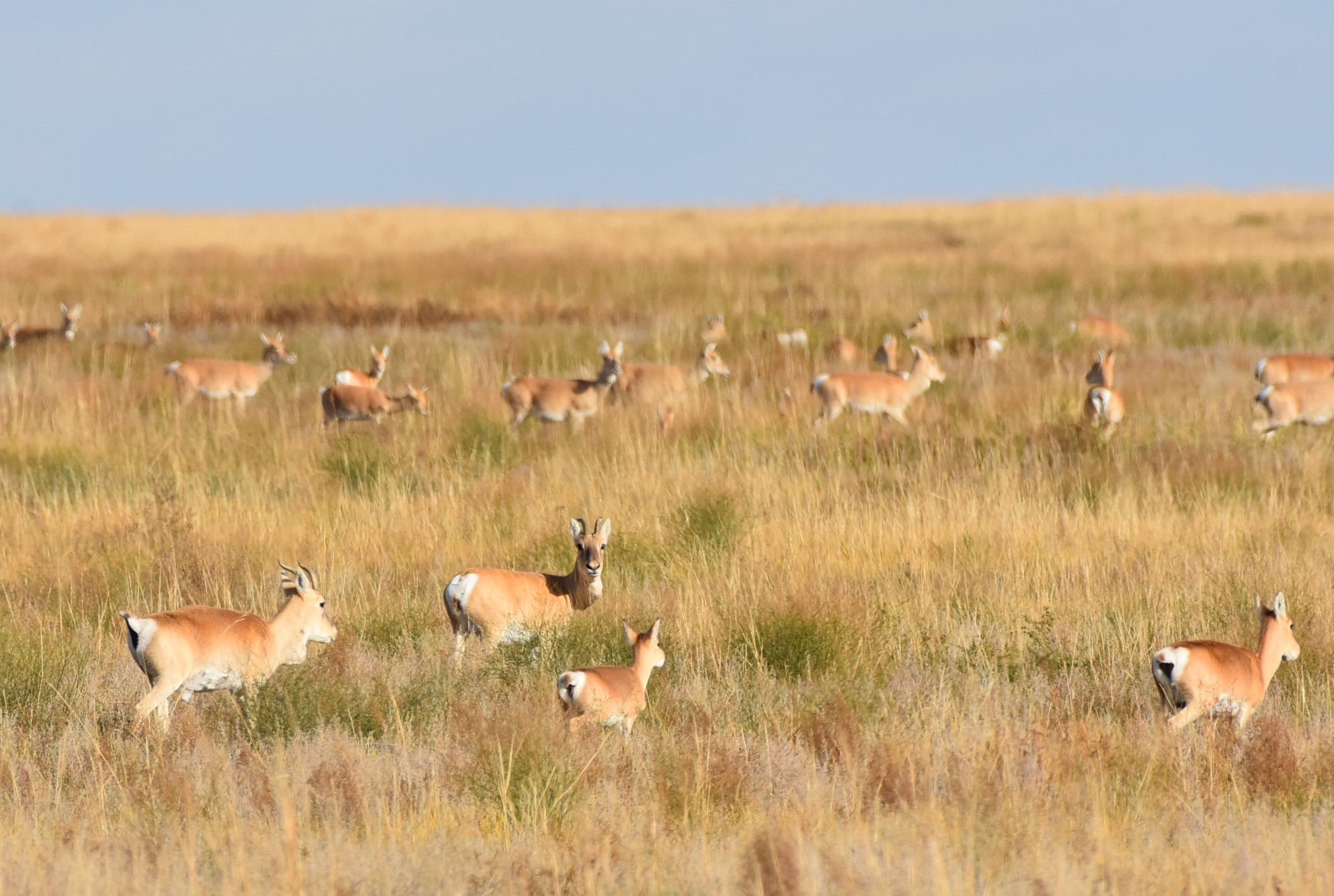
More Than 2 Million Gazelle Still Roam the Mongolian Steppe
A new publication in FirstView in Oryx sheds light on the status of Mongolian gazelle populations across Mongolia, Russia, and China, revealing both successes and challenges in the conservation efforts of this iconic species
Florida Climate Report: Expert Panel Live Event Reporter Q&A
Climate experts from Florida Atlantic University, Archbold Biological Station, and Live Wildly Foundation will speak and answer questions from the media on the Florida Wildlife Corridor (FLWC) and Climate Change managing Florida’s Natural and Human Landscapes for Prosperity and Resilience
Global study: Wild megafauna shape ecosystem properties
For millions of years, a variety of large herbivores, or megafauna, influenced terrestrial ecosystems.

Connection with nature linked to longer, healthier lives
Horticulture, health experts promote the ‘power of nature’
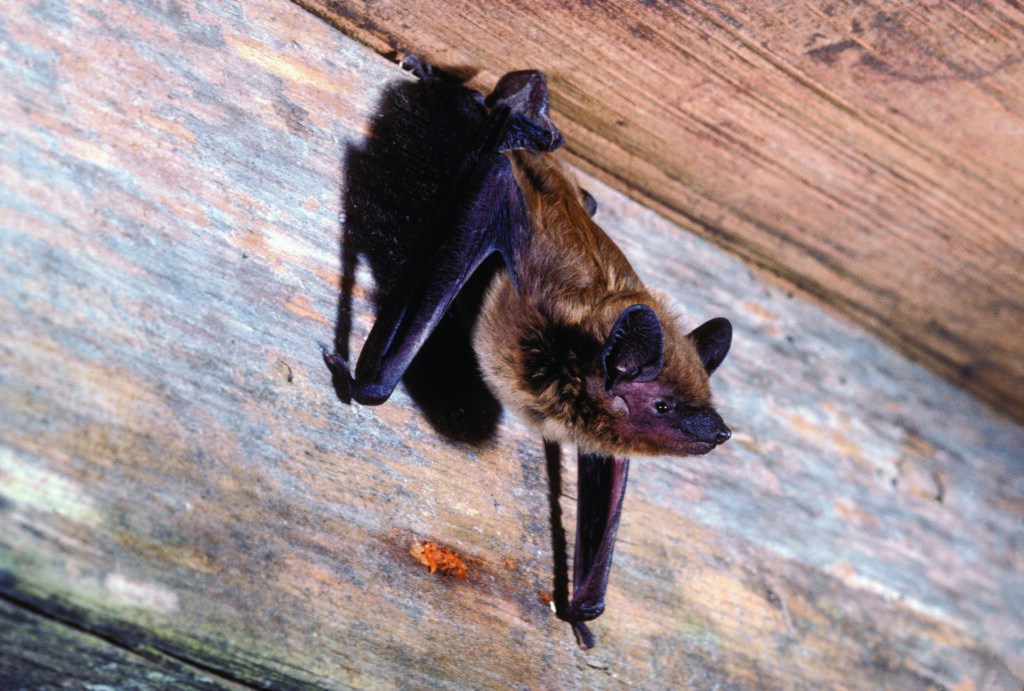
From the shadows to the spotlight – bring on the bats
More friend than foe, Halloween season a good time to dispel myths
Iowa State professor honored for efforts to boost Ethiopian milk production
A research facility in Ethiopia now bears the name of Curtis Youngs, recognizing the Iowa State University animal science professor’s pivotal contributions to ongoing programs to enhance dairy cattle genetics in the region. The overarching aim is to increase food security in Africa’s top livestock-producing nation by boosting milk production.
Study: Wild pig populations in U.S. can be managed
Recent conservation efforts have proven effective at controlling wild pig populations in the Southeastern United States, according to new research from the University of Georgia’s Savannah River Ecology Laboratory and Warnell School of Forestry and Natural Resources. Within 24 months of the start of control efforts in the study area located around the Savannah River Site in Aiken, South Carolina, researchers found a reduction of about 70% in relative abundance of pigs and a corresponding decline in environmental rooting damage of about 99%.
Greenwashing a threat to a ‘nature positive’ world
Researchers have identified the threat greenwashing poses to a ‘nature positive’ world, one where environmental decline halts and biodiversity outcomes improve.
Underwater molecular barter
Corals and anemones engage in symbiotic relationships with algae and swap nutrients with them. A new study shows how this partnership is regulated at cell level.
Smartphone Use Goes Up in City Parks, But Down in Forests
New research shows that smartphone activity actually increases during visits outdoors to city parks—a finding that contradicts popular notions. Thanks to two years of unparalleled access to 700 study participants’ smartphone data, the study is the first to show that young adults now spend far more time on their smartphone screens than in nature. The study finds that people who visit forests or nature preserves experience significant declines in screen time, compared to visits to urban locations for the same duration.
6% of nations provide for citizens in just, sustainable manner
Researchers at The Ohio State University have developed a framework for quantifying how well countries around the world are doing at providing adequate food, energy and water to their citizens without exceeding nature’s capacity to meet those needs.
What does Polly say? Community science data reveal species differences in vocal learning by parrots
While most animals don’t learn their vocalizations, everyone knows that parrots do – they are excellent mimics of human speech. Researchers aim to add to what we know about animal vocal learning by providing the largest comparative analysis to date of parrot vocal repertoires.
To save nature, focus on populations, not species
Human-released greenhouse gasses are causing the world to warm, and with that warming comes increasing stress for many of the planet’s plants and animals.
Teachers want support to embrace nature play in primary education
From tree-branch tepees to bush tucker gardens, mud kitchens and even functional fire pits, primary schools are sprouting all sorts of nature play environments in an effort to better connect primary students with the outdoors.
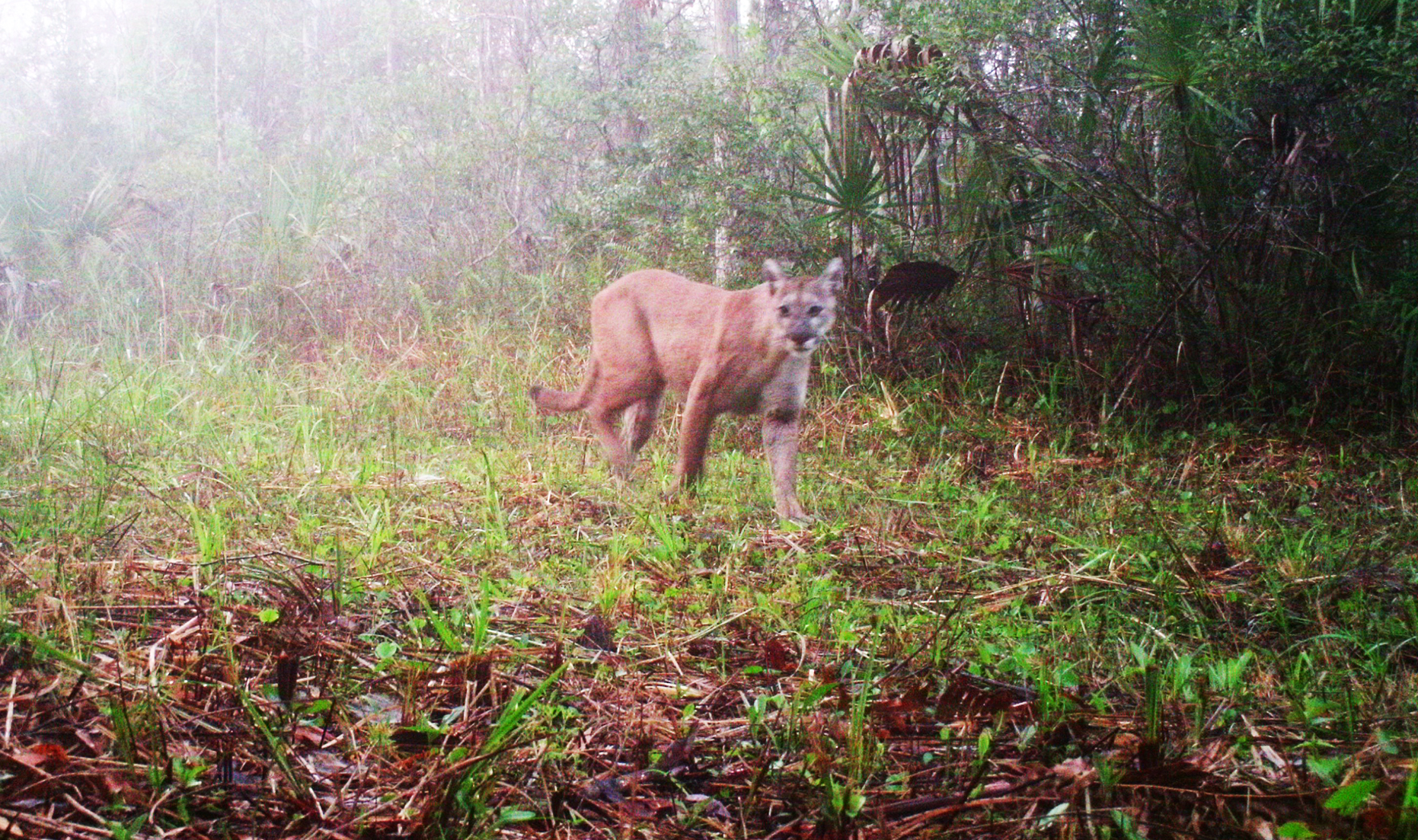
Panthers now No. 1 predator of white-tailed deer in Southwest Florida
A new study by the University of Georgia found Florida panthers are the No. 1 cause of mortality for white-tailed deer in Southwest Florida.
باحثو مايو يحثون على الاستثمار في سلامة اللقاحات في تعقيبات مجلة “نيتشر”
مدينة روتشستر، ولاية مينيسوتا — أكد قادة مجموعة أبحاث اللقاحات في مايو كلينك على الحاجة لإجراء دراسة طويلة الأمد على اللقاحات وآلياتها مع الوضع في الاعتبار سلامة المرضى في المستقبل.
Investigadores de Mayo urgen a invertir en seguridad de las vacunas, en comentario para Nature Reviews Immunology
Los directores del Grupo de Investigación sobre Vacunas en Mayo Clinic resaltan la necesidad de llevar a cabo estudios a largo plazo sobre las vacunas y sus mecanismos, con la mira puesta en la futura seguridad de los pacientes.
Pesquisadores da Mayo destacam a importância de investimentos na segurança das vacinas
Os líderes do Grupo de Pesquisa em Vacinas da Mayo Clinic enfatizam a necessidade de aumentar os estudos de longo prazo das vacinas e seus mecanismos pensando na segurança futura dos pacientes.
COP 26: des experts de l’UdeM prêts à éclairer les débats
Leadership politique Les dirigeants du monde entier seront à la COP 26 pour présenter leurs actions les plus importantes afin de garantir l’atteinte de zéro émission nette de gaz à effet de serre et le maintien du réchauffement de la planète…
Researchers mimic how water and wind create complex shapes in nature
Researchers at Aalto University have found a way to mimic the natural processes that create complex shapes and landscapes with the help of a vibrating plate and resulting energy fields. The results are published on 22 September 2021 in Science Advances.
Mountain lions moved less, downsized territory during LA’s pandemic shutdown
As people sheltered in place at the onset of the COVID-19 pandemic, sightings of wildlife in urban areas helped spawn a meme, “Nature is healing,” that reflected an intuitive belief: Carnivores were stretching their legs, and their ranges, by expanding into long-lost territory.
Water resources: Defusing conflict, promoting cooperation
Rivers are lifelines for many countries. They create valuable ecosystems, provide drinking water for people and raw water for agriculture and industry. In the Global South in particular, there is strong competition for access to freshwater resources. The increasing use…
Informing policy for long-term global food security
More than 820 million people in the world don’t have enough to eat, while climate change and increasing competition for land and water are further raising concerns about the future balance between food demand and supply. The results of a…
Scientists come up with new method for simultaneous processing of different types of waste
An international research team has come up with an innovative method for metal recovery from industrial waste. The new method allows the simultaneous recovery of multiple metals from waste oxides in a single process. This novel route will lower the…
Land repair vital for survival
Successful dryland restoration to benefit 2bn people
Glass sponges have properties for the design of ships, planes and skyscrapers
Published in the journal Nature the first-ever simulation of the deep-sea Venus flower sponge and how it responds to and influences the flow of nearby water.
Deep-sea research bolstered with $2 million grant
Bigelow Laboratory for Ocean Sciences has been awarded $2 million by the National Science Foundation to lead an international effort to accelerate scientific understanding of the environmental impacts of emerging industries in the deep sea – one of the most…
Renewable energies: No wind turbine disturbing the scenery
KIT researchers quantify energy system costs for stopping further expansion of wind energy use in beautiful landscapes
Unsustainable Arctic shipping risks accelerating damage to the Arctic environment
The economic and environmental pros and cons of melting Arctic ice creating shorter shipping routes through the polar region are weighed up in ground-breaking research from UCL experts in energy and transport.
Coastal ecosystems worldwide: Billion-dollar carbon reservoirs
Climate and ecosystem change lead to a global redistribution of wealth
Sea-level rise solutions
Stanford researchers map how sea-level rise adaptation strategies impact economies and floodwaters
The fracking boom helps to rose crime rates in rural American states
This is the conclusion reached by economists who analyzed data from 1999 to 2015
How fishing communities are responding to climate change
Wellesley professor examines how fishers are adapting to climate-related changes in species distribution and location
Why wild African fruits can supplement low protein staple foods
In the line-up of wild African fruits, the marula is the best known. For thousands of years, people have depended on the trees for food, medicines, and more. It is also exported globally as the rockstar ingredient of a cream…